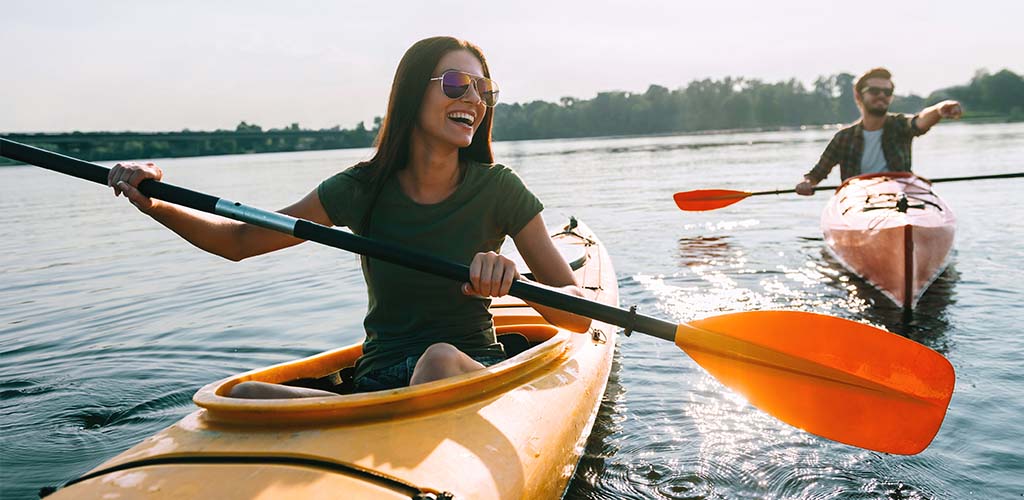3 Tips for Summer Sun Safety

I love the sun, but it doesn't love me. When I was nineteen, I was studying abroad and my friend and I went to a beach in Spain. I made the mistake of waking up in a foreign country with sun poisoning. Not my finest hour. Also, full confession here, I used a tanning bed a few times when I started doing bodybuilding competitions. A mild case of skin cancer cured me of such things. (I'm fine, by the way. A little procedure called Mohs surgery took care of it.) Learn from my mistakes and take care of your skin.
Sunscreen
It's a no-brainer to wear sunscreen, but which one? According to the Cancer Council in Australia you would wear at least SPF30 that is water resistant. This helps block the UV radiation and stays on even if you go swimming. SPF, by the way, is the Sun Protection Factor and tells how effective it is at protecting you from sunburn. SPF30 allows 1/30th of the ambient ultraviolet rays to your skin. Make sure you cover all areas and ask someone to rub in the lotion on your back so you don't miss any spots. (Side note – make sure it's someone you trust who won't hypothetically draw a smiley face on your back in sunscreen as a joke to give you silly tan lines.)
When you are playing sports and know you'll be sweating a lot it's a good idea to try out brands specially formulated for this. It's never fun to put on a standard sunscreen and then have sweat drip in your eyes and sting them.
Apply it twenty minutes before you go outdoors and reapply every two hours.

Protective Clothing
Sun Protective Clothing is specially designed to protect against ultraviolet rays. They are rated by UPF, which is similar to the SPF of sunscreens. A rate of 15 provides minimal protection, 30 provides moderate and 50+ provides excellent protection. They make swimsuits and clothes for playing outdoor sports. Most people don't need this, but if you are very fair like my kids (I have a blonde and a redhead), have a risk factor for skin cancer, or spend a lot of time in the sun you might want to consider this.
Aside from UPF clothing, regular clothing protects you too. Think about clothing people living in deserts tend to wear. It often covers them from head to toe. Fabrics like polyesters, nylon and wool do a better job at blocking the sun than cotton.
Hats with a wide brim provide shade for your face and also help shade your eyes. Sunglasses block harmful rays, help prevent cataracts and glaucoma and reduce those wrinkles around your eyes.
Self-tanners
As a person whose favorite sport requires a tan, I can speak from experience about self-tanners. If you like the look of bronze skin, there are other ways to get it than baking in the sun or on a tanning bed. Try getting a spray on tan. The formulas look a lot better now than they did a few years ago, when people tended to look orange. There are also self-tanning creams you can get in the beauty aisles of most stores. Here are a few tricks. Don't try out a new product the night before your pool party. Give yourself a week so you can sample a few products to see what looks best on your skin type. Test the lotion in an inconspicuous area, like your inner thigh. Follow the instructions regarding how long to let it absorb into your skin before taking a shower. (Water causes streaking.) Make sure you double check for missed spots in the mirror (or have a mate or friend help you out.) Formulas today smell a lot better than they used to and self-tanners give you the look you desire minus the sun damage.
Have fun in the sun without sacrificing your skin!
You may also like:
5 Tips for Summer Workout Safety

